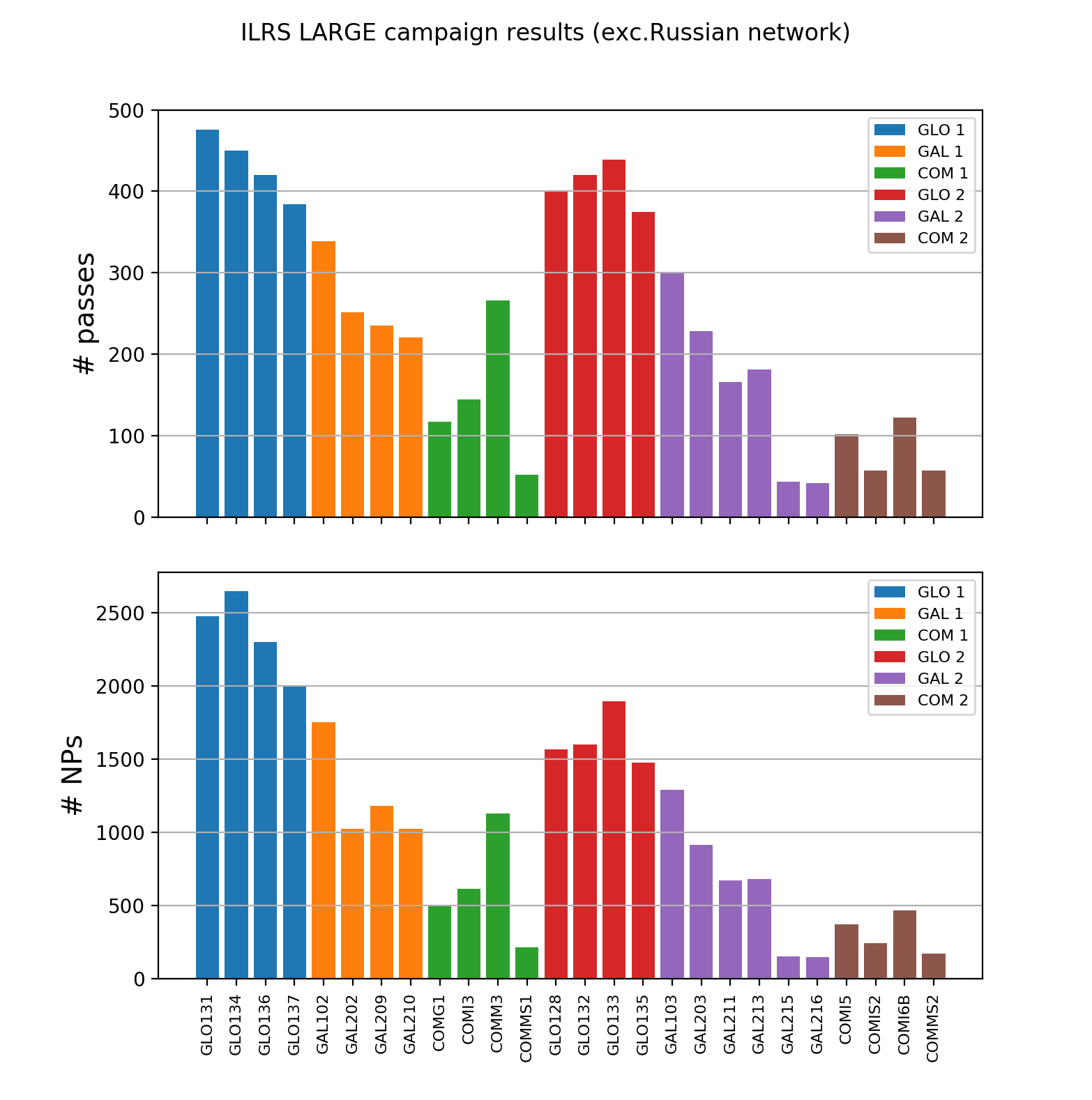1
Open a Discussion / Re: Existing software for Impulse Response Function determination
« on: June 29, 2018, 05:04:18 PM »
Sorry for the late reply.
You are right, the intensities in the LAGEOS-2 report figure are funny. In any case, I wouldn't sweat it trying to match that data. As for the geometry, I get about 111 ps from the retro in the north pole and the third ring. It may be worth checking the expressions for the delay provided in the reports by D. Arnold, just in case what you are using is somehow different...
You are right, the intensities in the LAGEOS-2 report figure are funny. In any case, I wouldn't sweat it trying to match that data. As for the geometry, I get about 111 ps from the retro in the north pole and the third ring. It may be worth checking the expressions for the delay provided in the reports by D. Arnold, just in case what you are using is somehow different...


